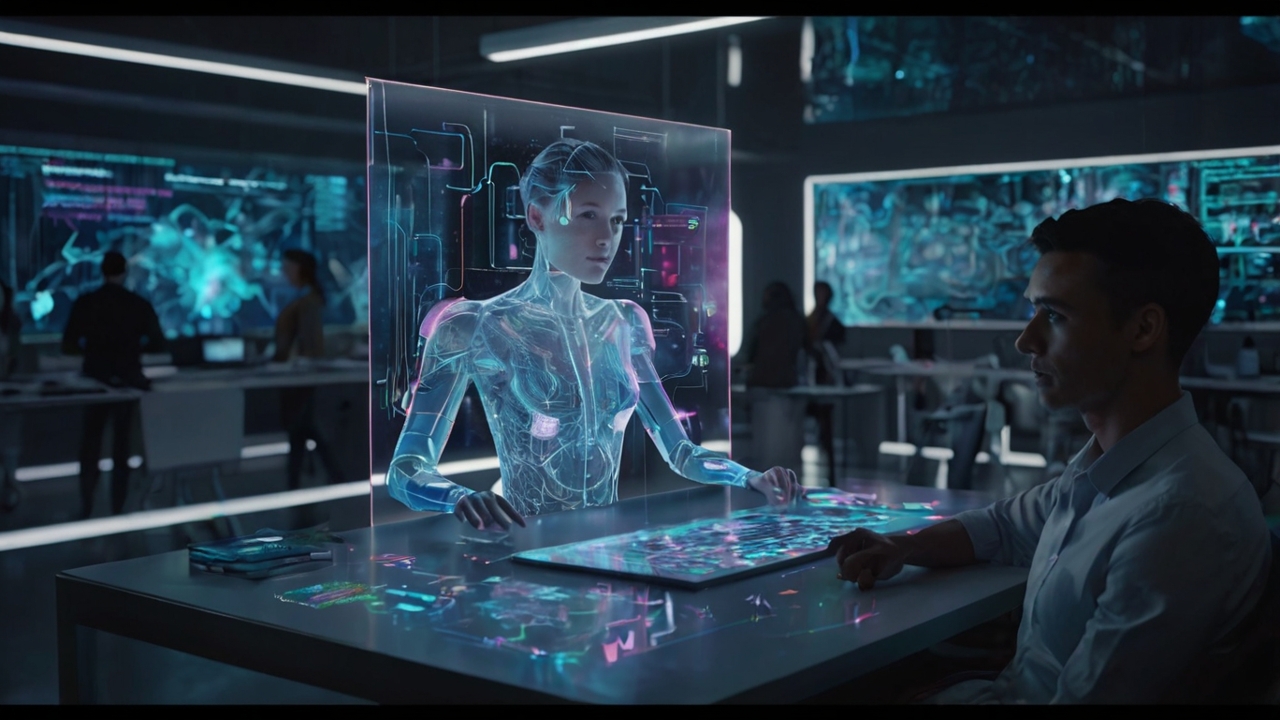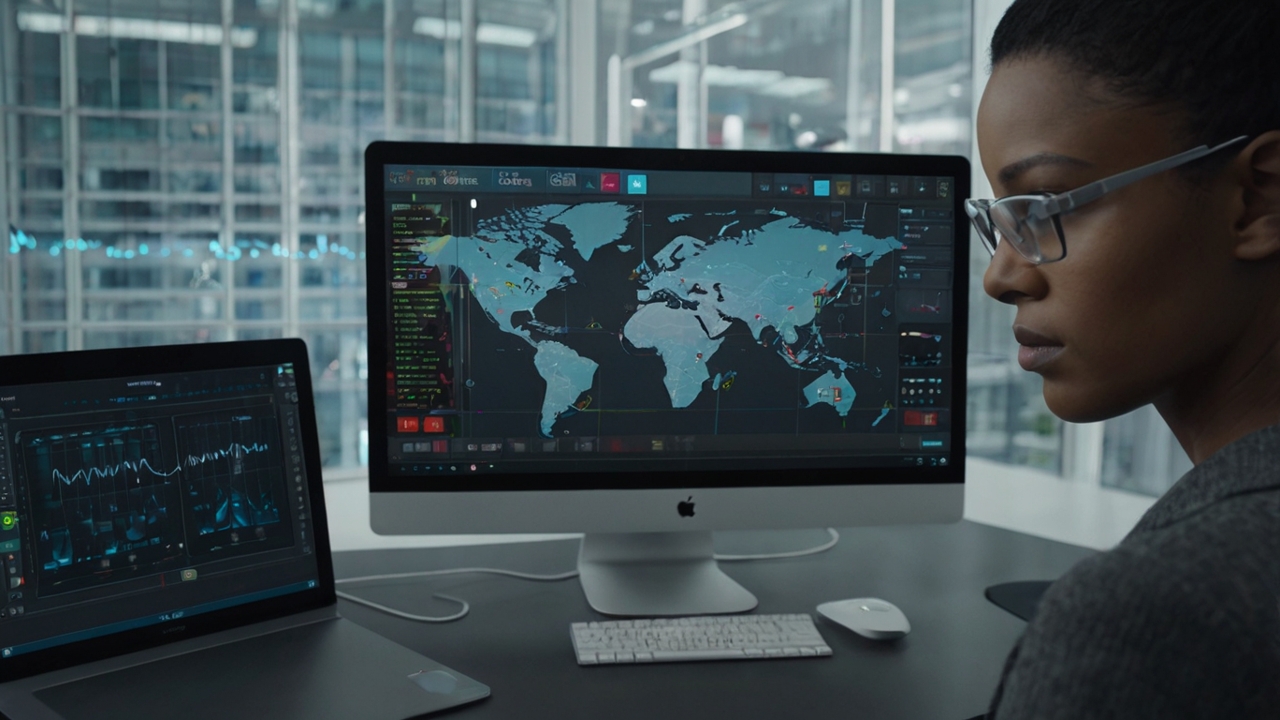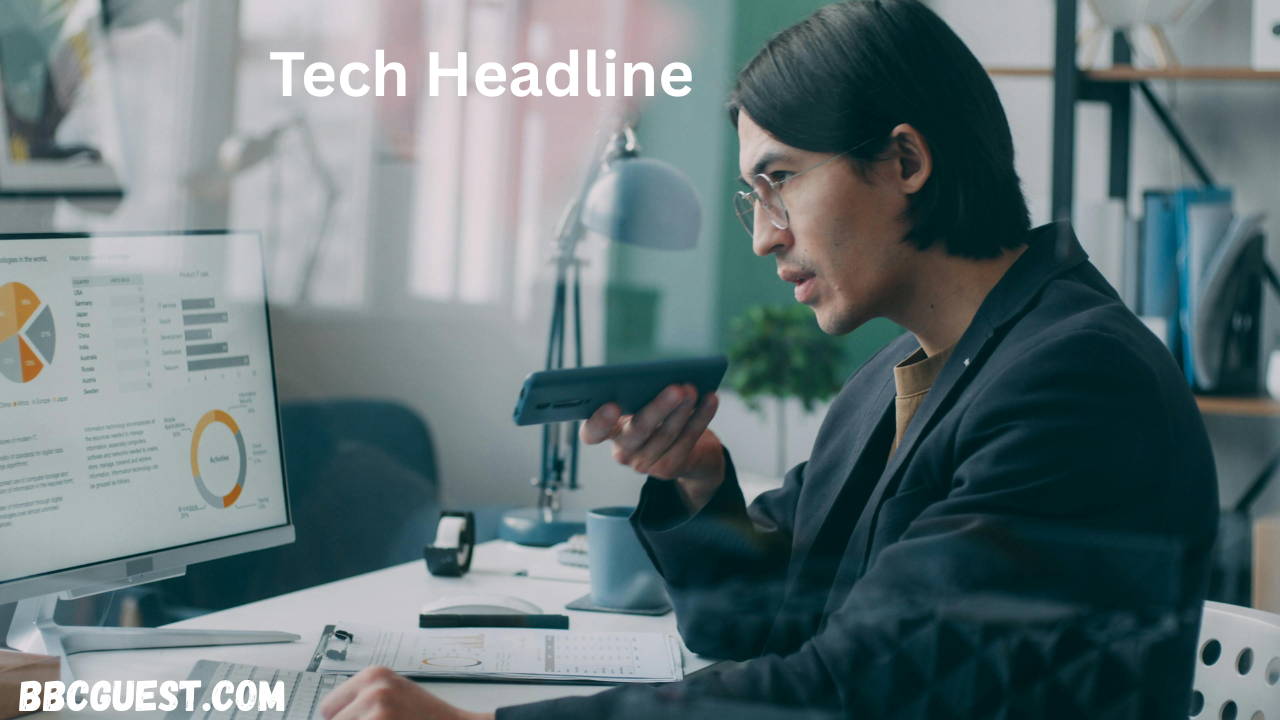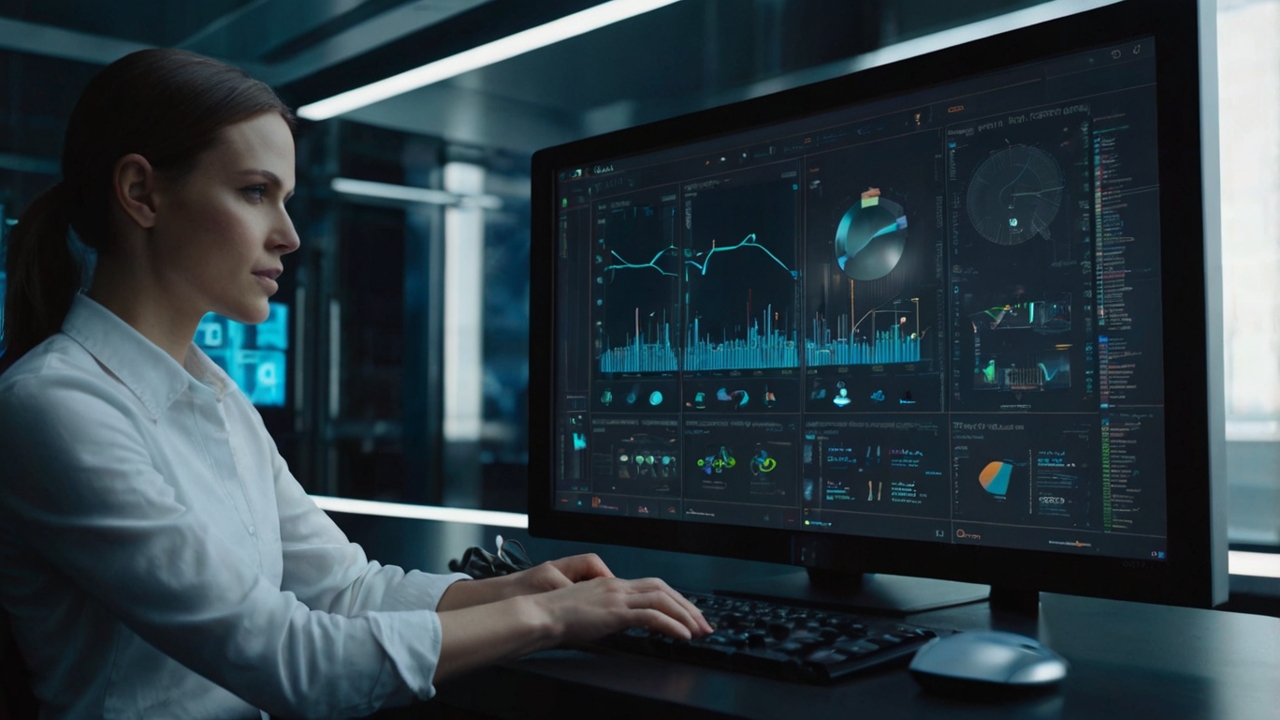In a world where technology constantly reshapes how we live and work, one of the most transformative trends in digital creativity is the emergence of AI image generators. These tools aren’t just experimental gadgets anymore—they’re becoming everyday companions for creators, marketers, students, and businesses alike.
Imagine typing a short description like “a cozy cabin under the northern lights” and watching a stunning image come to life in seconds. That’s the kind of accessibility and creative power AI image generators now offer. Let’s explore how these tools are shaping the future and which ones are worth your time.
What Are AI Image Generators?
At their core, AI image generators are software tools that turn text-based input into visual output. You write a sentence or prompt describing what you want to see, and the tool generates an image that matches it.
These systems are powered by machine learning, especially deep learning models trained on enormous datasets of images and text. The more diverse and detailed the training data, the more realistic and creative the results. This isn’t science fiction—it’s a powerful new way to create visuals on demand.
Technologies like diffusion models (used in Stable Diffusion) and transformers (used in OpenAI’s DALL·E) allow these platforms to understand complex prompts and generate coherent, high-quality images in various artistic styles.
Why It Matters for Everyday Use
For years, creating digital images meant relying on professional design software, stock photo libraries, or hiring an artist. Today, that barrier is gone. AI image generators are now accessible, fast, and easy to use—ideal even for people with no design experience.
Students use them to make project visuals. Content creators design eye-catching thumbnails. Small businesses create ads and social media graphics without needing a full creative team. And hobbyists use them just for fun or personal art.
This shift democratizes creativity and speeds up workflows. More importantly, it gives people the confidence to express themselves visually—without worrying about technical skills.
Top AI Image Generators to Try in 2025
Let’s look at some of the best platforms that are gaining traction in 2025. These tools are not ranked strictly, but each offers something unique for different user needs.
DALL·E by OpenAI
DALL·E is one of the most accessible tools out there. Integrated into platforms like ChatGPT and Bing Image Creator, it allows users to generate high-quality visuals simply by describing them.
Pros: Clean interface, strong image quality, free access with usage limits.
Cons: Limited customization options compared to others.
Midjourney
Midjourney produces visually stunning images with artistic flair, often favoring abstract or dream-like aesthetics. It runs via Discord, which is both a strength and a limitation depending on user comfort.
Pros: Extremely creative and detailed results.
Cons: Subscription-based, and Discord navigation isn’t for everyone.
Stable Diffusion
As an open-source tool, Stable Diffusion allows for maximum control and customization. Developers and artists can run it locally or use platforms like DreamStudio for a web-based experience.
Pros: Full creative control, excellent for experimentation.
Cons: Requires more technical knowledge to get the best results.
Adobe Firefly
Firefly is Adobe’s creative AI suite integrated into Photoshop and other Adobe tools. It focuses on ethical AI training and commercial usability.
Pros: Excellent for professionals, seamless with Adobe workflows.
Cons: Requires Adobe subscription.
Bing Image Creator
Powered by DALL·E, Bing’s version is perfect for quick image generation with minimal fuss. It’s accessible through Microsoft Edge or Bing search.
Pros: Free, fast, easy to use.
Cons: Fewer customization features.
Canva AI Image Tool
Canva has added AI image generation into its already user-friendly design interface. It’s great for non-designers creating content for social media or business.
Pros: Integrated into a full design platform.
Cons: Output quality can vary.
Runway ML
Runway focuses on multimedia content, including video and 3D, making it ideal for filmmakers and content producers.
Pros: Advanced features for professionals.
Cons: Steeper learning curve, pricing for advanced tools.
Dream by WOMBO
WOMBO makes image generation simple and mobile-friendly. It’s designed for fun and creativity, often used for avatars and artwork.
Pros: Easy to use, mobile app available.
Cons: Less suitable for professional-grade projects.
Craiyon (formerly DALL·E Mini)
This is a fun, lightweight web tool that’s perfect for quick sketches and idea generation, though less polished than its big-name counterparts.
Pros: Completely free and simple.
Cons: Lower quality images.
NightCafe Studio
A versatile platform supporting multiple AI models, NightCafe allows users to earn credits, explore art styles, and even print their artwork.
Pros: User community, flexible credit system.
Cons: Some features require payment.
How to Choose the Right One
It all comes down to what you need. If you’re a casual user, Bing or WOMBO might be perfect. A business user? Try Canva or Adobe Firefly. Want full control and customization? Stable Diffusion is the way to go.
Here are key things to consider:
- Your skill level
- Your budget
- Image resolution and quality
- Commercial use rights
- Creative control (preference for simplicity vs. customization)
Use Cases That Make a Difference
AI image generators have moved far beyond novelty. They’re now deeply useful in areas such as:
- Marketing: Ad visuals, product mockups, and social content
- Education: Learning materials, book illustrations, presentation aids
- Publishing: Custom book covers, story art, blog images
- Design: Logo concepts, brand visuals, inspiration boards
- Personal Projects: Art therapy, avatars, gifts, and cards
Even job seekers use them to enhance resumes with icons or images—and creators are turning AI art into real income through digital art sales.
Tips for Getting the Best Results
You don’t need to be a poet to write great prompts. Start with clarity. Instead of saying “a house,” say “a small wooden house in a snowy forest at night, lights on inside.”
Use modifiers like:
- Lighting: sunset, neon, foggy
- Style: photorealistic, sketch, oil painting
- Camera angle: overhead, close-up, wide shot
- Emotions or atmosphere: mysterious, peaceful, chaotic
Test variations and refine based on what the tool outputs. Most platforms allow regenerating or remixing.
Ethical and Legal Things to Keep in Mind
AI-generated images bring up important questions:
- Who owns the image? Most platforms allow personal or commercial use, but check the license.
- Are artists’ works being copied? Some training data may include art without consent, leading to ethical debates.
- What about misinformation? AI tools can create hyper-realistic fake images, which could be misused.
As a rule, be respectful, avoid spreading false content, and give credit when you use inspiration from public sources.
What’s Next in AI Image Generation
We’re only scratching the surface. Upcoming innovations include:
- Real-time video generation from text
- AI-generated 3D models
- Personalized models trained on your own style
- Integration into apps, browsers, and everyday tools
As technology improves, the line between imagination and creation will become almost invisible.
Conclusion
AI image generators aren’t replacing human creativity—they’re enhancing it. These tools are becoming essential parts of how we create, communicate, and express ideas.
Whether you’re an artist looking to expand your vision, a student making a class project, or an entrepreneur building a brand, AI image generators give you the ability to create something powerful—with just a few words.
Try one. Explore your creativity. The tools are here—and they’re only getting better.
Also Read: Simpcitt: Mastering This Popular Online Simulation Game



